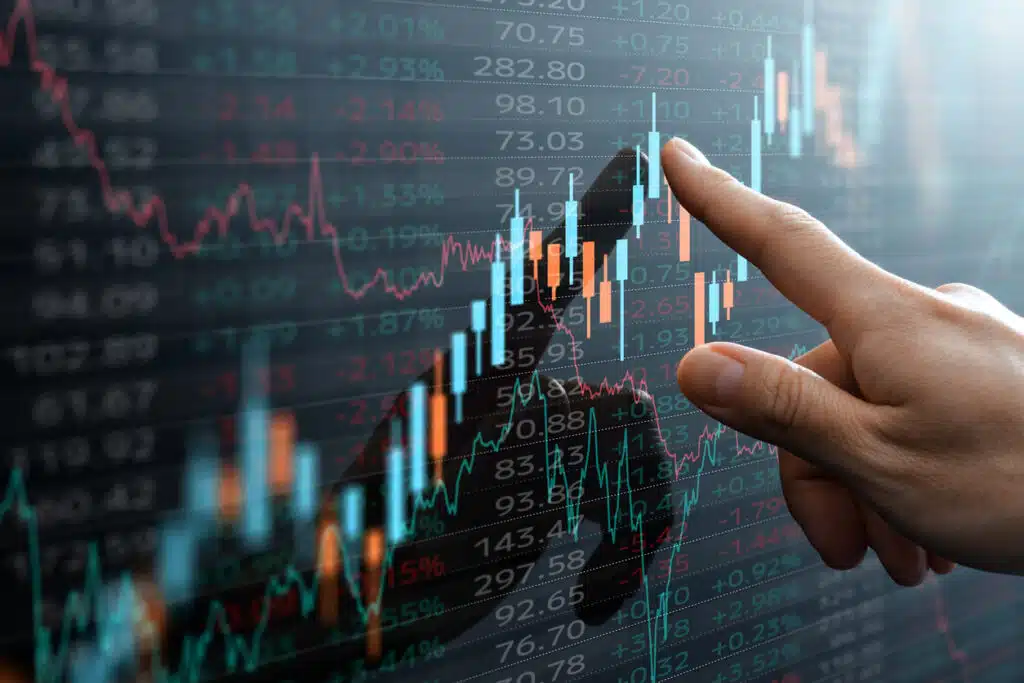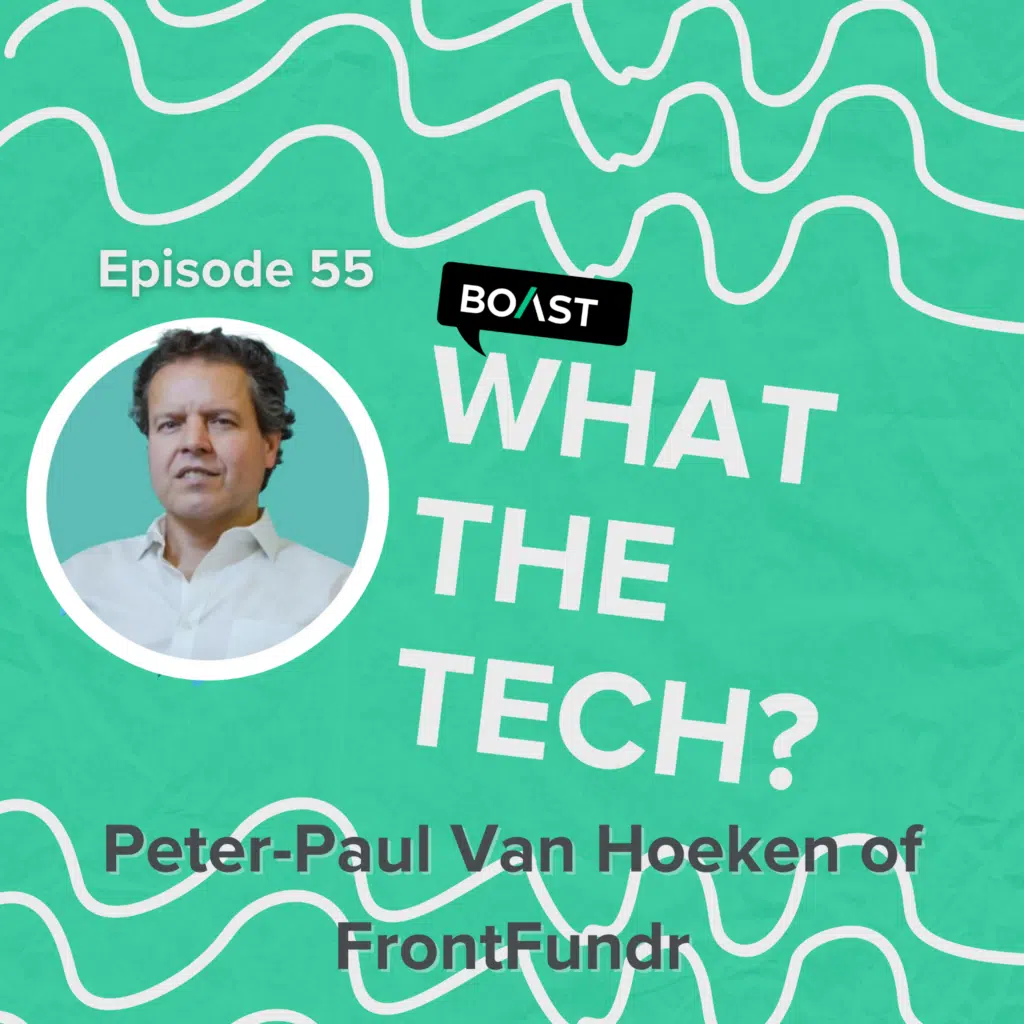When founders and their Venture Capital (VC) partners finally start putting pen to paper on their initial funding agreements, the finer points are usually hashed out over what’s commonly called a Term Sheet.
This document takes a long view of the company, looking past current market valuations to define the rights and controls all the way to post-closing.
Finding yourself at this stage as a founder can be both exciting and daunting. On the one hand, you’re probably thrilled to find a private equity partner that will help fund your vision. At the same time, seeing your innovation translated into a legalese forecast can be jarring—if not difficult to parse.
We’ve rounded up some of the trickiest and most consequential terms that you’re likely to come across while negotiating with investors to shed some light on what they really entail and what you should consider when bringing your ‘wants’ to the negotiating table.
Board Seats
You probably have a general working idea of the function a Board serves. In many initial Term Sheets, the allocation of Seat holders is aligned with share ownership. In this scenario, if investors own roughly a quarter of your company’s stocks at the start, they’ll likely occupy a corresponding 25 percent of board seats accordingly.
But as you embark on future investment rounds, investors may eventually own a larger proportion of shares—if not the majority—to help extend your business’ runway. Investors could therefore end up taking majority control of your Board in-kind if there isn’t language in your term sheet dictating Board structures at certain milestones.
Here are a few alternative Board Seat schemas that are often inked into term sheets for post-Series A financing rounds to avoid the above scenario:
- 3-person Board; 2 members chosen by founders, 1 by the VC
- 3-person Board; 1 member chosen by founders, 1 by VC, 1 acts as an Independent Director
- 5-person Board; 2 members chosen by founders, 2 by the VC, 1 Independent Director
- No VC Board seats; investors take “Board observer rights” in favor of Seats

Liquidation Preference of Preferred Stock
Should things not pan out successfully for investors in the relationship, they’ll want to build language into the term sheet that enables them to at least recoup their initial investment. The Liquidity Preference is one method, as it refers to the money that your primary VC receives (before any other proceeds are disbursed) in the event of a sale or other liquidation event.
The Liquidation Preference usually comes with a multiplier attached (ie. “2x Liquidation Preference”) that is generally dictated based on the risk of your venture. So while a “1x Liquidation Preference” would represent a dollar-for-dollar return on your VC’s investment, a 2x-version would dictate that investors receive double their initial funding upon liquidation.
This really starts to get tricky as your company embarks on multiple rounds of VC investments, which can cause initially small funding rounds to eventually balloon into huge payouts for investors as businesses march to eventual liquidity.
In a nutshell, if the Liquidation Preference multiplier is too high—with multiple investment rounds compounding the issue—there may be no money left for common shareholders to recoup at a sale.
Participating Preferred Stock
This Term builds on the payout protections defined by the Liquidity Preference. This common request calls for VCs to not just receive their Liquidity Preference in the event of a sale, but to also receive a share of the remaining proceeds based on their ownership percentage.
That means that not only can VCs recoup (at least) their initial investment, but should they eventually come to own half of your startup’s stock, your VC will walk away with half of the remaining proceeds from the sale too.
Unfortunately, many inventors resist removing this language from their agreements, though founders can make a case that it could hurt the original preferred participants down the line if later investors also incorporate a participating preferred language into their agreements. There’s also the option to negotiate for the participation features of the agreement to evaporate once VCs have received their initial investment (or a multiple thereof) back.
The biggest takeaway is to be sure that teams don’t overlook or underestimate this portion of their term sheet. While it’s a frequent request from VCs, founders should be wary of agreeing to these terms without first discussing their options.

Warrants
By building in an option to purchase a set number of shares at a fixed price down the line, Warrants offer an option for founders to compensate investors instead of (or on top of) cash. While this is often a tool deployed during early-stage negotiations, Warrants are also used in later-stage deals to provide “upside potential” to potentially wary inventors.
The biggest caveat for founders when outlining warrants is that they generally provide an option to purchase shares belonging to the most recent stock class (opposed to common shares or stock options). They can also be used to compensate third parties while stocks are limited to internal employees or stakeholders.
Veto Rights
While this Term may sound the scariest (or the least opaque), they don’t necessarily call for giving investors outsized control on decision making (for that, see Board Seats above).
Instead, these provisions are in place to protect a VC’s investment and maximize their eventual return, which can be beneficial for all parties involved if defined well and not abused in practice.
Some standard veto rights might include:
- The ability to change the rights—if not increase or decrease the authorized number of shares—for preferred or common stock holder.
- Redeeming or acquiring an shares of the common on Board-approved terms
- Final say on a sale or liquidation
- Defining caps on debt increments
- Approving amendments to the size or makeup of the Board.
These are just a few of the VC Terms that founders are bound to come across as they embark on their funding journey. But it’s important for any startup leader to understand that private equity is far from the only avenue to achieve growth.
Businesses that put a research and development at the heart of their operations—whether they are early stage in an emerging market, or an established startup that’s constantly evolving their product offering—have access to a wealth of non-dilutive funding that can fuel their runway without handing over equity.
Stay tuned for Part 2 of our roundup next week to gain a better understanding of what to expect when negotiating VC Term Sheets.
Talk to an expert from Boast AI today to learn more about how we combine cutting edge technology with years of expertise—and a founder’s POV—to optimize your R&D and fund your innovation.

To effectively harness the power of AI and optimize their R&D efforts, businesses must adopt responsible practices.How can businesses responsibly and efficiently leverage AI to enhance their R&D processes? We break it all down in our ebook.





